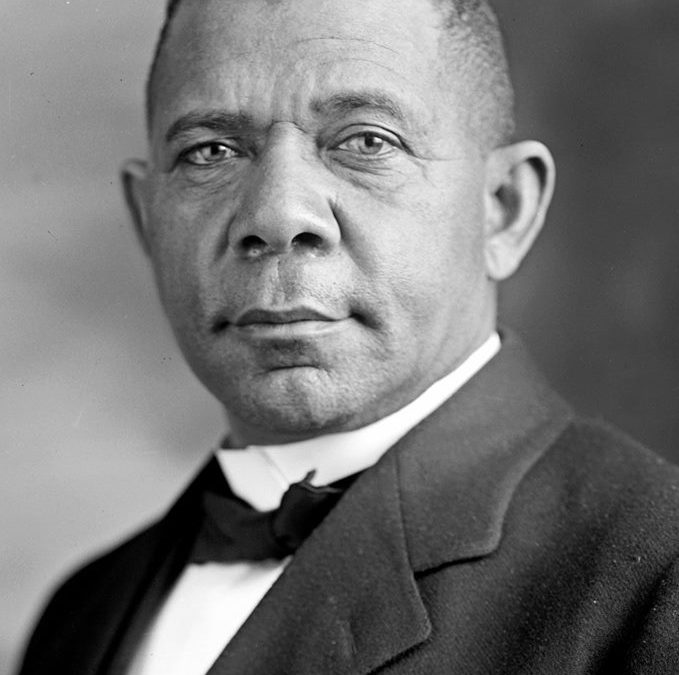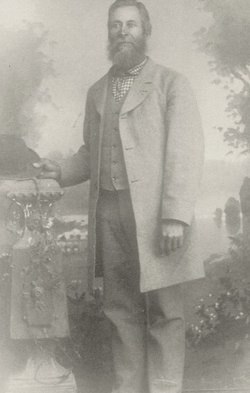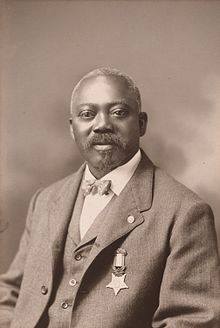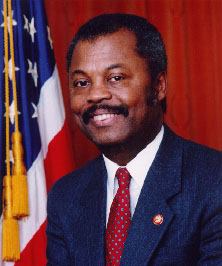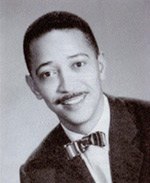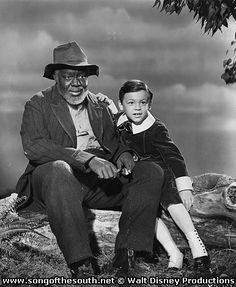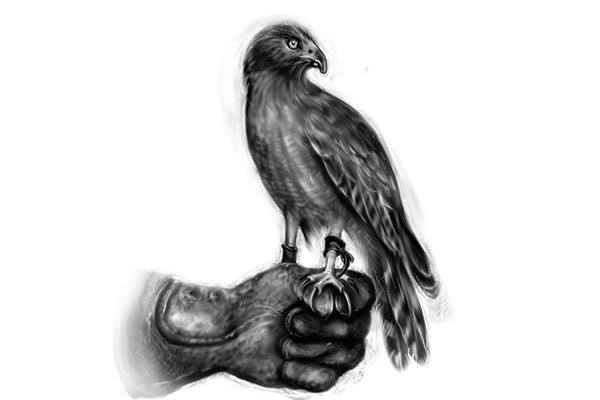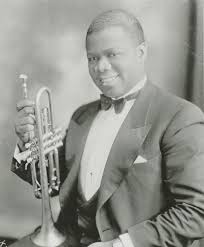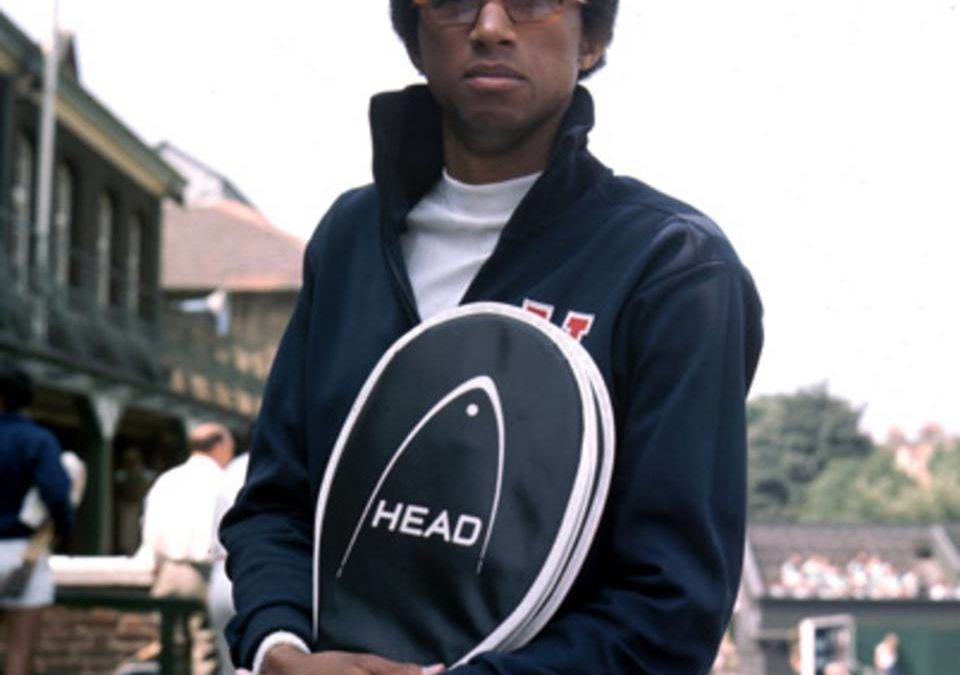GM – FBF – Today, I want to share a story of the first black to teach at a predominantly white college in the United States. Imagine the everyday pressures he endured with courage and confidence. We have shown you that W.E.B. Dubois and William Monroe Trotter were against Booker T. Washington’s way of educating black youth. However, Charles L. Reason saw the importance of both industrial and classical education and even started a normal school (teachers’ training college) in New York City.
Remember – “O Freedom! Freedom! O! how oft
Thy loving children call on Thee!
In wailings loud, and breathings soft,
Beseeching God, Thy face to see. – from the poem FREEDOM – Charles Lewis Reason
Today in our History – July 21, 1818 – The first Black educator to teach at a predominantly white college is born.
Charles Lewis Reason was an Black American mathematician, linguist, and educator.
Reason was born on July 21, 1818, in New York City. His parents were Michael and Elizabeth Reason, who were immigrants from Guadeloupe and Saint-Dominque Haiti. Both of Reasons came as refugees in 1793 shortly after the early years of the Haitian Revolution of 1793.
The Reason’s were big on education for their children, and early on young Reason showed a aptitude for mathematics. Reason began his American education at the New York African Free School, and at the age fourteen Reason began teaching mathematics at the same school. His salary was $25 per year. Reason went on to study at New-York Central College, McGrawville, an predominantly white college in the United States.
In 1850, Reason began teaching at the same college and began
professor of belles lettres, Greek, Latin, and French, while serving as an
adjust professor of mathematics to majority white students. He was actually the
first African-American to serve as a serve at a majority-white college.
Two years before becoming an professor in 1847, Reason along with other
prominent African-Americans, such as Charles Bennett Ray (December 25, 1807 –
August 15, 1886), founded the New York – Based Society, for the promotion of
Education among colored children.
After three years at New-York Central College, Reason gave up his positions and moved to Philadelphia, Pennsylvania and assume an position as principal at the Institute for Colored Youth first black principal. The institution was founded in 1837, and was one of the best schools for African- Americans in the United States. (later the school was renamed to Cheyney University).
During his time at ICY, Reason increased enrollment from six students to 118 students. He also expanded the library holdings and exposed the students to outstanding African-American intellectuals and leaders of that time. He held this position until 1856. reason returned to New York City, where he became an administrator, and reformer of New York public schools. A position he held for decades.
Reason was active and very instrumental in efforts to abolish slavery and segregation and 1873, he successfully lobbied for passage to integrate New York’s public schools. After the public schools were desegregated in New York, he became the principal of Grammar School No. 80 at 252 West 42nd street.
Reason was also a poet. He contributed to the Colored American in the 1830s and was a leader of New York City’s Phoenix Society in the 1840s. He wrote the poem “Freedom”, which celebrated the British abolitionist Thomas Clarkson; it was published in Alexander Crummell’s 1849 biography of Clarkson.
Not much documentation has been found on Reason’s personal life, but he was said to have been married and widowed three times. His third and final wife was Clorice (Duplessis) Esteve (1819–1884), whom he married in New York City on July 17, 1855. They had no children, although she had a daughter from her previous marriage to John Lucien Esteve (1809–1852), a French West Indian confectioner, restaurateur and caterer in New York City.
Reason suffered two strokes one in 1885, and another in 1890. The effects of the strokes left him physically incapacitated.
Three years after his last stroke and at the age 75, Charles Lewis Reason passed away in New York City on August 16, 1893, and is buried in Green-Wood Cemetery in Brooklyn, NY. Research more about great Black mathmaticians and share with your babies. Make it a champion day!

